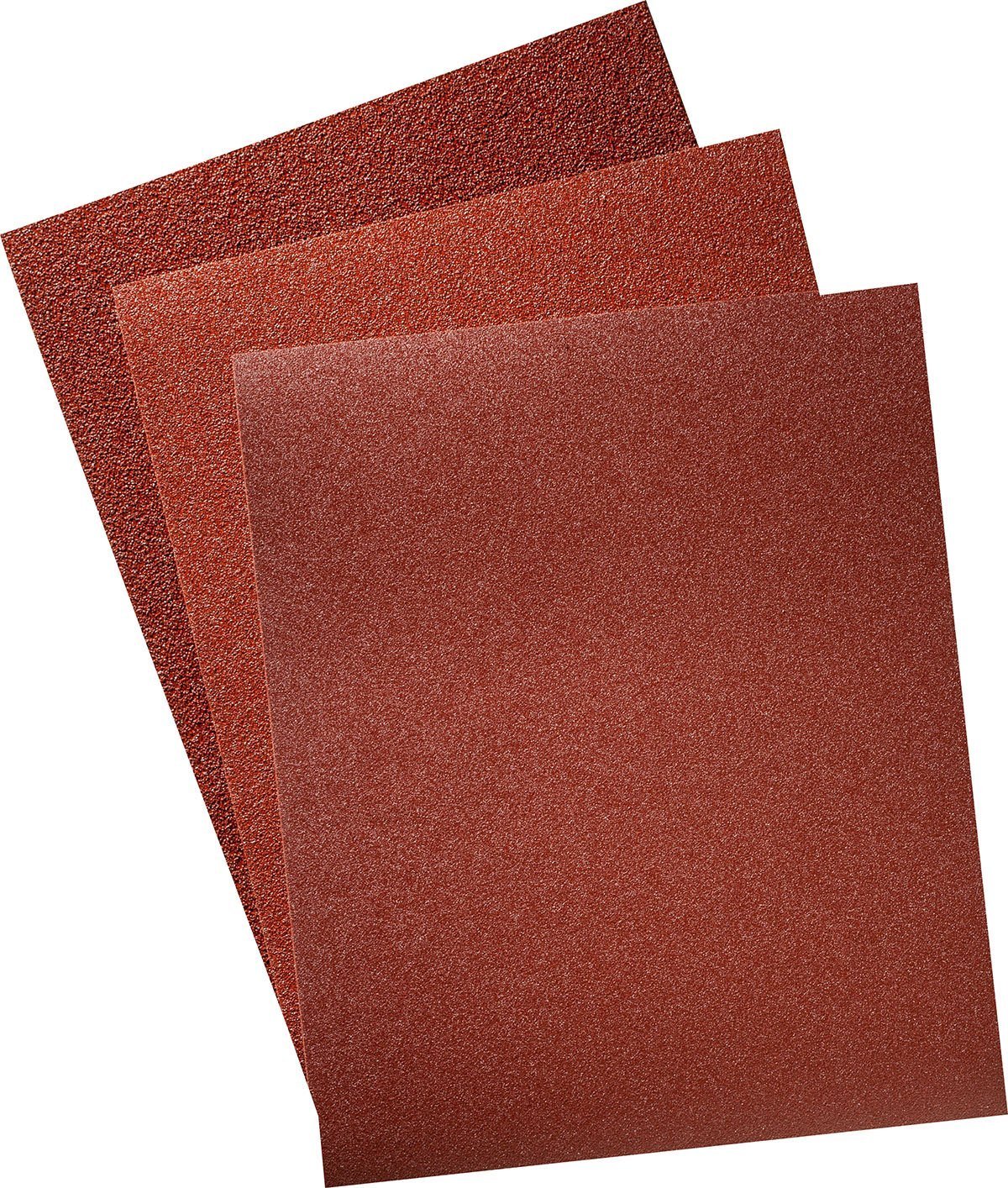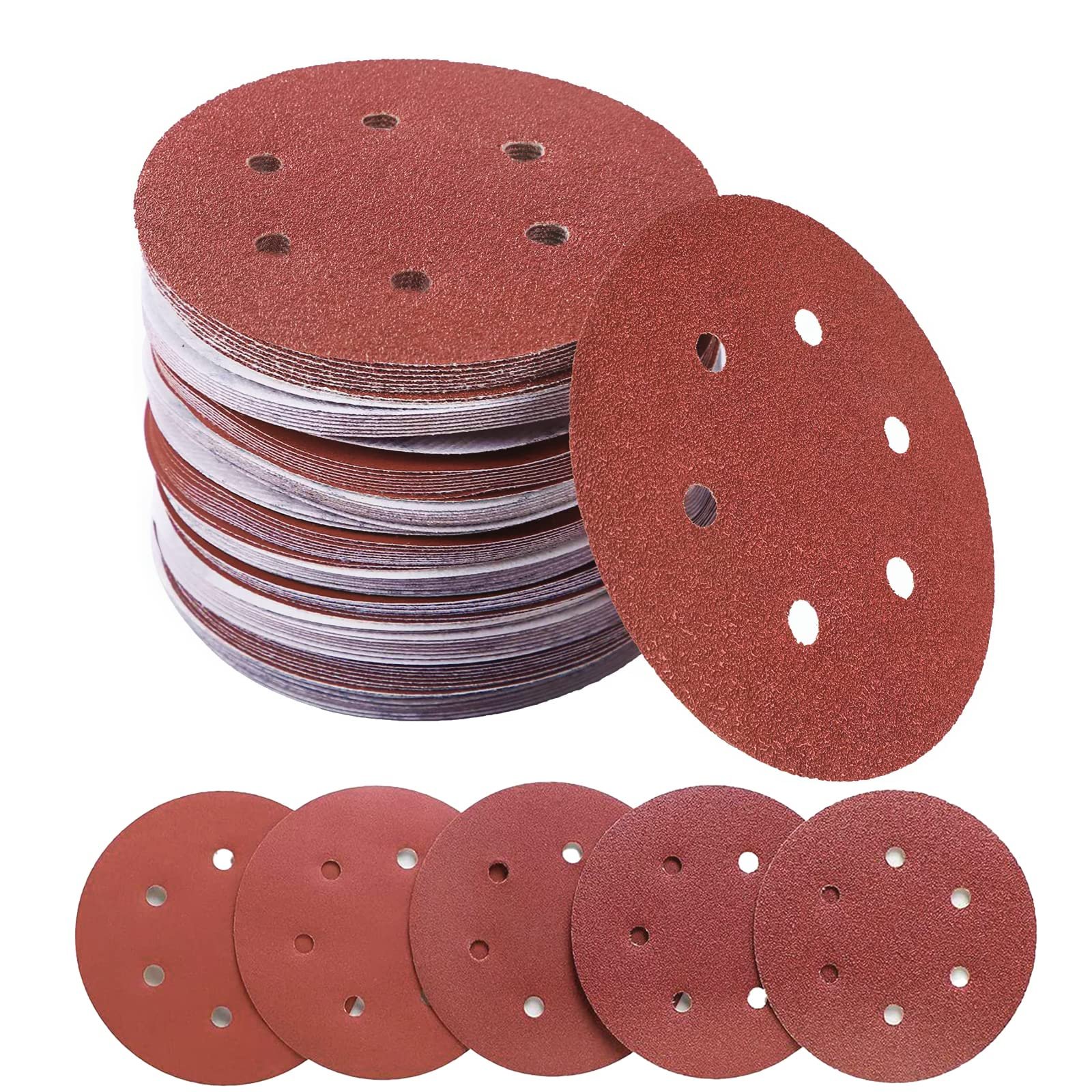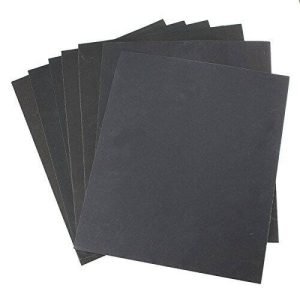Abrasive paper, commonly known as sandpaper, is a core material in surface preparation, smoothing, and finishing—making it a must-have across industrial sectors and DIY projects alike. Engineered as a coated abrasive, it consists of abrasive grains bonded to a paper backing, offering versatility and efficiency in material removal and surface refinement.
Understanding Abrasive Grains and Their Applications
The performance of abrasive paper depends largely on the type of grain used. Each mineral offers unique advantages, based on factors like hardness, cutting ability, and durability:
Aluminum Oxide (Red grain): Durable and versatile, ideal for general-purpose sanding on wood, metal, and plastic.
Silicon Carbide (Black or Grey grain): Extremely sharp and friable, perfect for fine sanding tasks on metal, plastic, and drywall.
Ceramic Grain (Purple or Orange grain): Ultra-sharp and long-lasting, designed for aggressive sanding and high-demand industrial use.
Choosing the right grain ensures efficiency and surface quality, especially when paired with the correct grit size for the application.
Key Applications of Abrasive Paper
Abrasive paper plays a vital role across multiple industries and tasks:
Woodworking
Smooths rough-cut lumber
Shapes edges and contours
Prepares wooden surfaces for staining, sealing, or painting
Example: In cabinet making, coarse grits are used first to shape and remove imperfections, followed by finer grits to create a polished, flawless finish.
Metalworking
Removes rust and oxidation
Polishes metal components
Prepares surfaces for painting, welding, or coating
Example: Used to clean and prep metal surfaces in automotive bodywork, particularly on parts like bumpers, doors, and fenders.
DIY & Home Improvement
Refinishes furniture surfaces
Smooths walls before painting
Prepares materials for decorative or protective finishes
Example: Home users rely on abrasive paper to revive old tables or fix rough drywall seams with professional-level results.
Tips for Getting the Best Results with Abrasive Paper
Maximize the performance and lifespan of your abrasive paper by following these best practices:
Sand with the grain when working on wood to avoid visible scratches.
Change the paper when it becomes clogged or worn to maintain effectiveness.
Use a sanding block or power sander for even pressure and consistent results.
Start with a coarser grit and work progressively toward finer grits for a smooth finish.
Final Thoughts
Abrasive paper remains an indispensable tool in achieving precision, smoothness, and visual appeal across countless surfaces. Whether you’re building furniture, restoring metal parts, or simply improving your home, understanding the types, uses, and techniques of sandpaper ensures professional-quality results every time.



